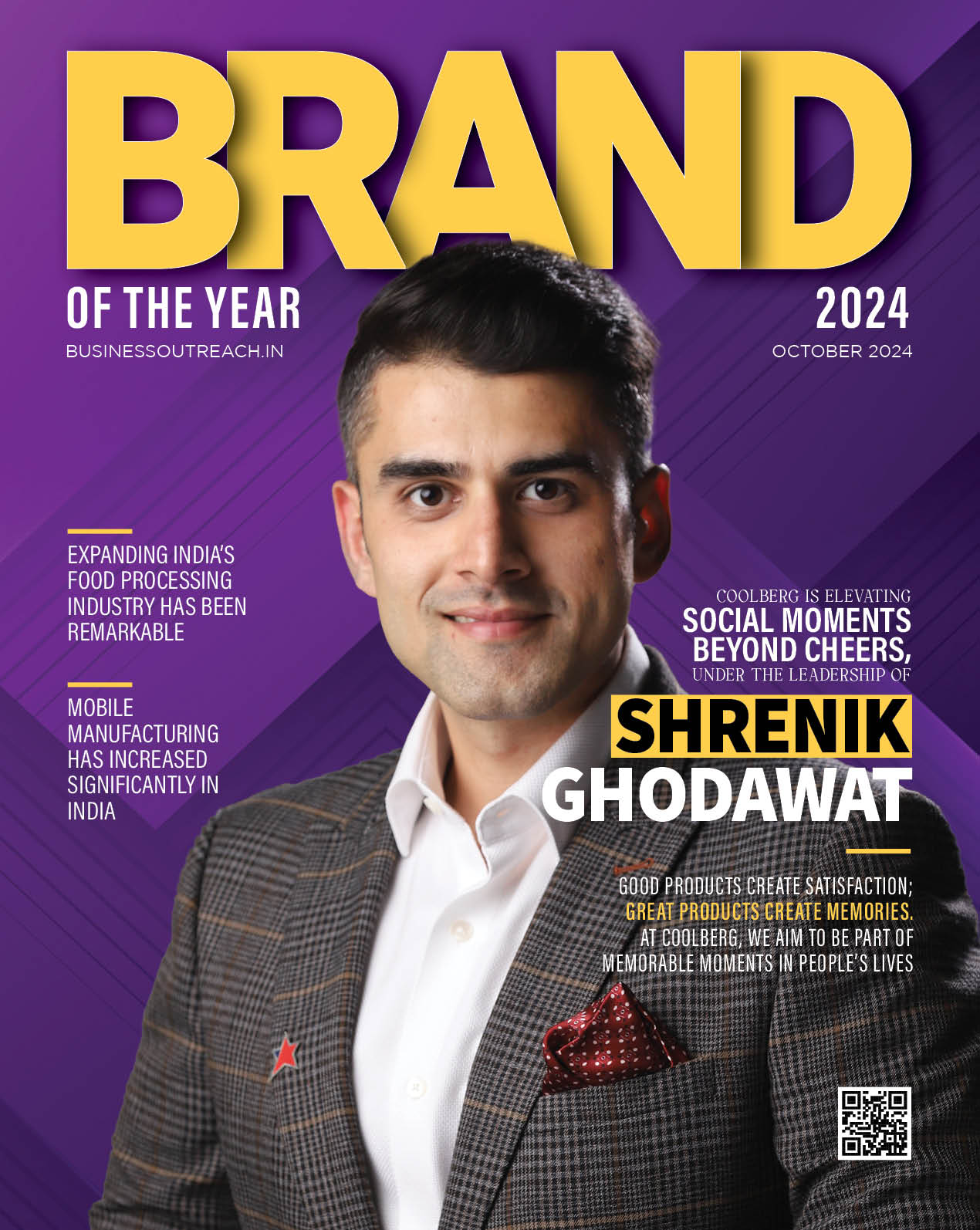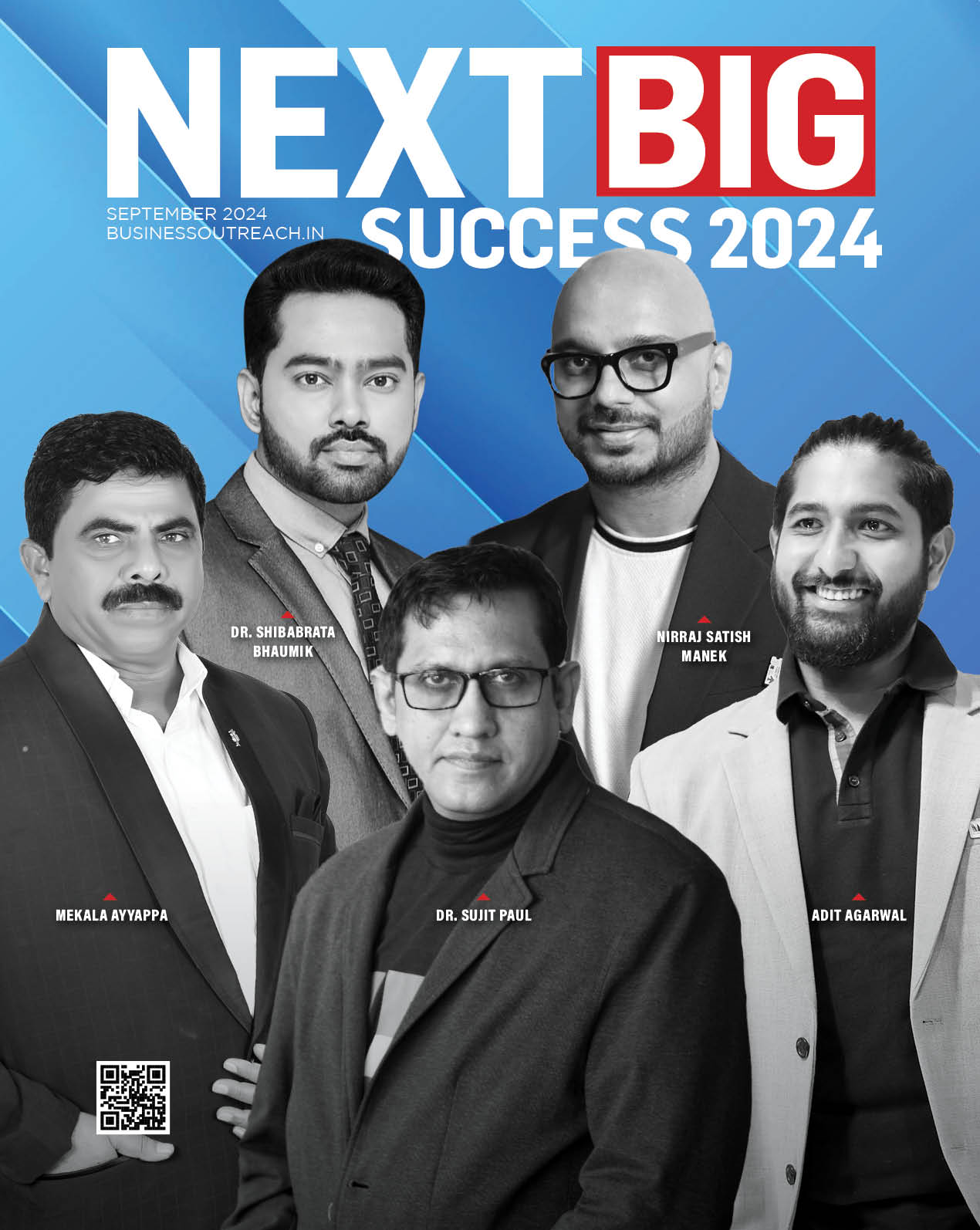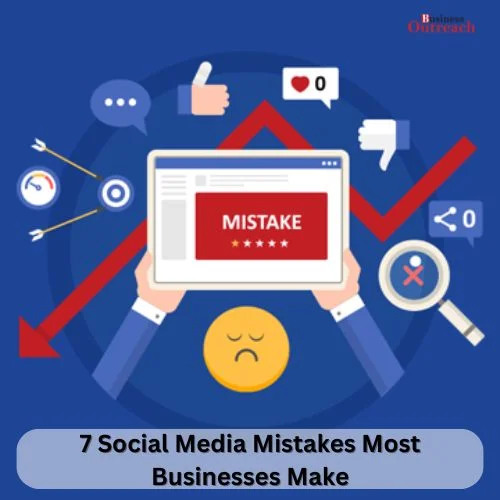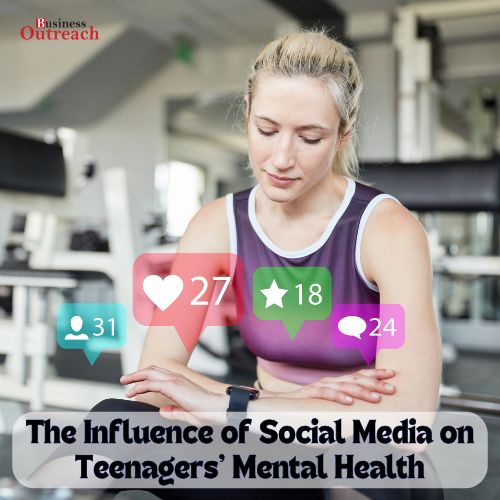Social media can be an important medium for businesses, influencers, and even individuals. When put to good use, it does the magic of building relations, creating engagement, and helping one grow an online community. It is just that social media can get really tricky. Mistakes are easily made, often at the cost of followers for the user, reputation, or potential business opportunities. Here, we look at seven common social media mistakes and how to avoid them, using real examples to show you the impact of each.
| S. No. | 7 Social Media Mistakes Most Businesses Make |
| 1. | Uneven Publications |
| 2. | Over-Promoting Without Adding Value |
| 3. | Neglecting Engagement |
| 4. | Not Understanding the Platform |
| 5. | Not Monitoring Performance and Analyzing |
| 6. | Too Robotic or Automated |
| 7. | Jumping on Every Trend Without Relevance |
1. Uneven Publications
Consistency is the virtue of social media. One of the most common mistakes businesses and people make is inconsistency in posting. Posting irregularly will confuse, disengage your audience, or make them forget about your brand. And if you disappear for weeks or months, you might miss important times to engage with your audience and lose followers to more active accounts.
Example:
In 2019, a local coffee shop in Denver, “Brew Haven,” saw its online customer engagement crash. They had been pretty active on Instagram, posting up their latte art, promotions, and community events. However, during one of the most hectic holiday seasons, they didn’t post anything for over a month. Once they resumed business, the level of customer interaction they had gained was grossly lowered. Devoted customers moved to other local cafes that were posting regularly, so reconnective attempts by Brew Haven were much more difficult.

Source: Google Images
How to Avoid:
Create a content calendar and a posting schedule for social media; then stick to it. Tools like Hootsuite, Buffer, or Later let you schedule posts so your account keeps pumping fresh content. If you know things are going to get busy-or even if you know you’ll be on vacation-pre-create content to stay in touch with your audience.
2. Over-Promoting Without Adding Value
The next common mistake people make is using social media as a platform for advertising only. Over-promoting-especially if devoid of meaning-alienates your audience. When one continuously bombards their followers with sales pitches, to them, the feed sounds more like a commercial than a social space, which causes tuning out.
Example:
With over 500,000 followers, fashion influencer Jane Donovan began to feel the repercussions of partnering with several brands. For months, her Instagram feed gradually became bombarded with sponsored posts that were not organic but transactional. Her followers, following her for their style tips and authentic content, therefore felt disconnected from her and started to unfollow her. It took Jane about 30% of her followers before she realised what she was doing wrong.

Source: Google Images
Don’t:
Focus your content creation on value with entertaining material your audience will relate to. Balance the promotional content with educating, entertaining, or inspiring posts. You can create a behind-the-scenes video, share some tips, or experiences. In this way, you keep your schedule rounded and make your audience feel that they actually get something from following you.
3. Neglecting Engagement
Social media is all about the connections, and one of the poorest things you can do is to disregard your following. Not responding to comments on your posts, failing to respond to a direct message that other users send, it appears as if you really do not care what your audience thinks. Engagement goes both ways, and when there is nothing coming from your direction, that is where a disconnect happens.
Example:
A rising technology brand, “Device Solutions,” had gathered a little momentum on Twitter. They used to frequently tweet about their products, and people used to ask a lot of questions about them and give quite enough feedback on their products. The brand hardly replied to any such comments or direct messages. As time passed, that audience got disheartened and uninterested; hence, the likes, retweets, and general engagement started to fall.
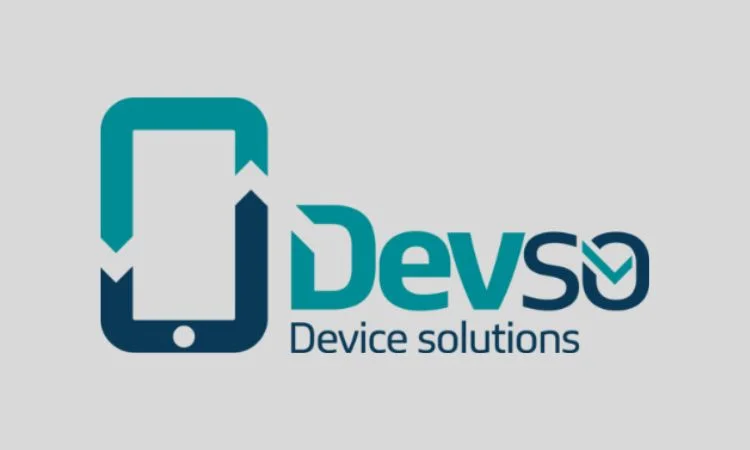
Source: Google Images
How to Avoid:
Engage. Sometimes, much more so than the content itself, it means a lot to the community to know that the brand reads posts; responding to comments, questions, and thank people for feedback can make all the difference in the world. One simple “thank you” or “great question” might mean much more to make your followers feel heard and appreciated. Sprout Social is one of those tools to manage responses so that no interaction gets lost.
4. Not Understanding the Platform
Every social media platform comes with its culture, algorithm, and user expectation. A huge mistake is to treat them all similarly and cross-post without adaptation. What may work on Instagram just might not work that well, or worse, on LinkedIn or Twitter. Any incorrect understanding of the platform leads to low engagement or sometimes negative reactions.
Example:
A restaurant chain, “Tasteful Delights,” tried to post the same stuff on all platforms. They used long, Instagram-like captions with pretty shots of food on LinkedIn. However, users on this platform expected more business-oriented and professional content there, so the posts felt totally out of place. It resulted in poor engagement and even some negative feedback that the brand did not understand the platform.

Source: Google Images
How to Avoid:
Understand the peculiar characteristics and audience of each medium. On Instagram, it would be beautiful visuals with captions that are short and captivating. On LinkedIn, you give thought leadership, business insight, and industry news. On Twitter, you keep it concise and punchy. Use of hashtags and trends. Create content to fit the expectations of each social media outlet.
5. Not Monitoring Performance and Analyzing
Many businesses and influencers publish to social media without monitoring their performance. This can amount to the waste of much precious time and resources on inefficient strategies. You really have no idea what is working and what is not if you don’t have the data. Not looking at analytics amounts to missing opportunities that could be leveraged to sharpen your content and enhance a social media strategy.
Example:
A fitness trainer, “Max Fitness,” was publishing day-to-day workout tips on Facebook. He was posting frequently, but his audience never grew, for which he did not know the reason. Max was not tracking the analytics of his posts, so he did not realize that his audience was more engaging with video content over text posts. In such cases, it is many a time only when he started tracking that he realized he missed several months of organic growth by being strategic enough to post video-based content.

Source: Google Images
How to Avoid:
erp: On a regular basis, keep track of your social media metrics through tools like Facebook Insights, Instagram Analytics, or any third-party tools that you use, like Google Analytics. Continue tracking your rates of engagement and follower growth; you may want to also track click-through rates to get concise data showing what types of content work best. Use these statistics as information to build your future social media strategy and target exactly what resonates most with your audience.
6. Too Robotic or Automated
While automation can save you a lot of time, it surely is one of the biggest mistakes made in social media-automating too much. Especially true concerning auto-responses or generic scheduled posts, these will fail at adding in that human touch and personality most of your followers are looking for. Social media is about connecting with your base, and being too automated will make your brand seem removed or even dishonest.
Example:
An online clothes brand, “Fashion Fix,” was highly dependent on auto-responders, which automated answering customer queries and scheduling of posts. They even went as far as to use bots for auto-liking and commenting on posts. This indeed saved time but boomeranged when the customers found that responses were not personalized. One customer posted a complaint, and it was auto-responded to by saying, “Thanks for your feedback!” The misstep led to their brand getting publicly roasted for complete lack of human interaction.
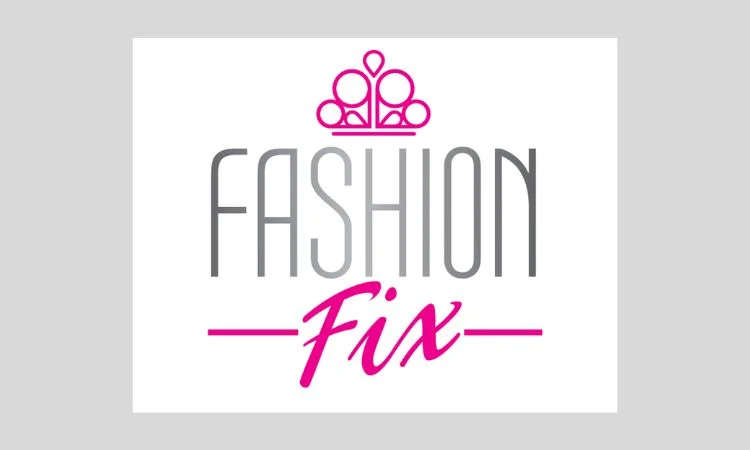
Source: Google Images
How to Avoid:
There are several tools out there that make automating social media easier, but use them sparingly. Always read through and personalize comments, messages, and inquiries. By all means, plan posts in advance but make sure you’re still engaging in real time. Human interaction is an essential component, so balance your automation with real interaction.
7. Jumping on Every Trend Without Relevance
Sure, trends can be a great way to gain more visibility, but to jump onto each and every one without considering how relevant that particular trend is to your brand can affect your credibility. This can come off inauthentic or opportunistic when chasing the trend for visibility’s sake feels forced or irrelevant to the values of your brand.
Example:
In 2020, health food brand “GreenLife” tried to latch onto a TikTok dance that went viral. The brand had absolutely nothing to do with the dance or pop culture. They created videos with their team attempting to dance with products and placed them in the feed. However, it came off to the followers as out of place and totally irrelevant, and they experienced negative comments from confused users. It backfired because the attempt was way too forced, very off from the relevant mission set by the brand: healthy living.

Source: Google Images
How to Avoid:
Be choosy about the trends you participate in. Ensure that they really resonate with your brand values, messaging, and audience interests. Be authentic. If you’re taking part in a trend, ask yourself whether it really fits or feels like a forced fit with your content strategy. Don’t be afraid to skip a trend if it doesn’t align with your goals.
Conclusion
There is more to effective social media than regular posting. Avoid the common mistakes of inconsistency, over-promotion, ignoring engagement, and misunderstandings of the platform for a real and solid online presence. Real-life examples learned and time taken to understand what works for your audience will lead to more meaningful interactions, better engagement, and long-term social media success.
All in all, a well-planned and very effective social media strategy can be developed through consistency, engagement with followers, value addition, and learning from mistakes. Social media keeps changing day in and day out, but if one plans well and acts appropriately, he or she can avoid common mistakes and create a successful online presence that connects well with the audience.
